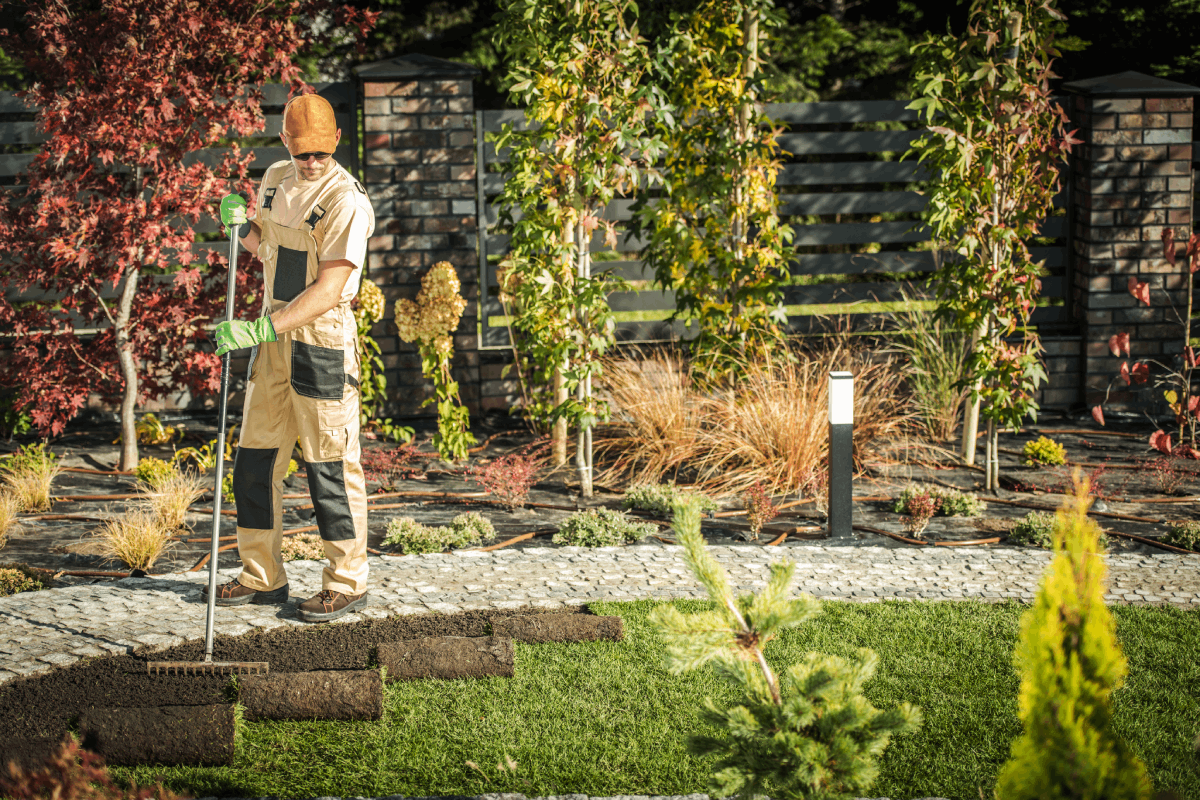What is a garden makeover? Best time to renovate the garden? How much does garden make over cost?

Are you considering giving your garden a fresh new look? Whether you’re dreaming of vibrant flower beds, tranquil outdoor retreats, or functional outdoor living spaces, a garden renovation could be just what you need to transform your outdoor oasis. But before you dive into the world of garden makeovers, it’s better to read this.
Should you take on the challenge yourself, armed with a trowel and a vision, or enlist the expertise of a professional to bring your garden dreams to life? In this article, we’ll explore the pros and cons of both DIY garden renovation and hiring a professional garden makeover service, helping you make an informed decision that suits your needs, budget, and gardening aspirations.
According to this, a garden makeover typically refers to the process of redesigning and renovating a garden or outdoor space to improve its aesthetics, functionality, and overall appeal. This could involve various elements such as landscaping, planting new flowers or trees, installing features like pathways, patios, decks, water features, outdoor lighting, or even creating themed areas like a vegetable garden, a zen garden, or a wildlife habitat. Garden makeovers can range from small-scale projects to extensive transformations, depending on the goals and budget of the homeowner or gardener.

What time of year is best to renovate the garden?
In the end, whether you choose to roll up your sleeves and tackle the garden renovation yourself or enlist the help of a professional, the goal remains the same: to create a beautiful, functional outdoor space that brings joy and inspiration to your life. By considering factors such as budget, time, skill level, and project complexity, you can make the decision that best aligns with your vision and resources.
Whether you’re a seasoned gardener eager to test your green thumb or a busy homeowner seeking professional expertise, embarking on a garden makeover journey is sure to yield rewarding results. So, go ahead—plant those seeds of creativity, cultivate your garden dreams, and watch as your outdoor paradise blossoms into reality.















